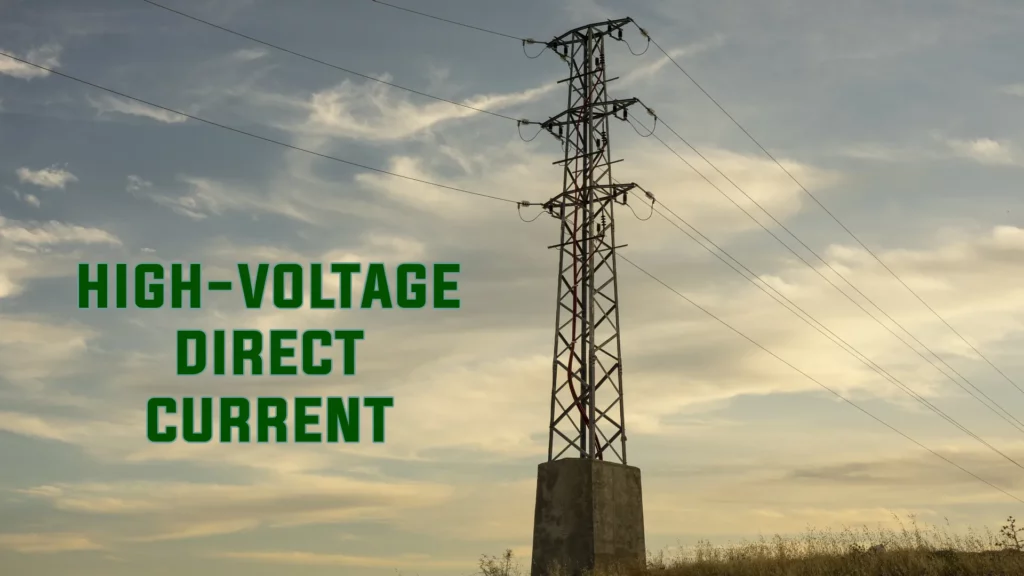As a homeowner seeking to reduce my electricity bills and minimize my carbon footprint, I have come to realize that the efficient and reliable transmission of electricity is vital to meet the ever-growing energy demand in an increasingly electrified world.
It's fascinating to discover how High-Voltage Direct Current (HVDC) transmission technology has emerged as a powerful solution to address the challenges posed by long-distance transmission and interconnecting asynchronous power systems.
What is High-Voltage Direct Current (HVDC)?
HVDC is more efficient than AC for long-distance transmission, especially for offshore wind farms.
Its lower line losses make it cost-effective for distances over 250 miles. HVDC only transmits active power, reducing losses from reactive energy and cutting the carbon footprint in half, making it a greener option.
Contrary to claims, DC maintains constant voltage and current flow, unlike AC's cyclical nature.
HVDC needs less space than AC and uses large cables, leading to long-term cost savings.
HVDC improves power transfer and system controllability, making it ideal for long-distance transmission.
Its integration into the grid is crucial for harnessing renewable energy and supporting sustainable infrastructure.
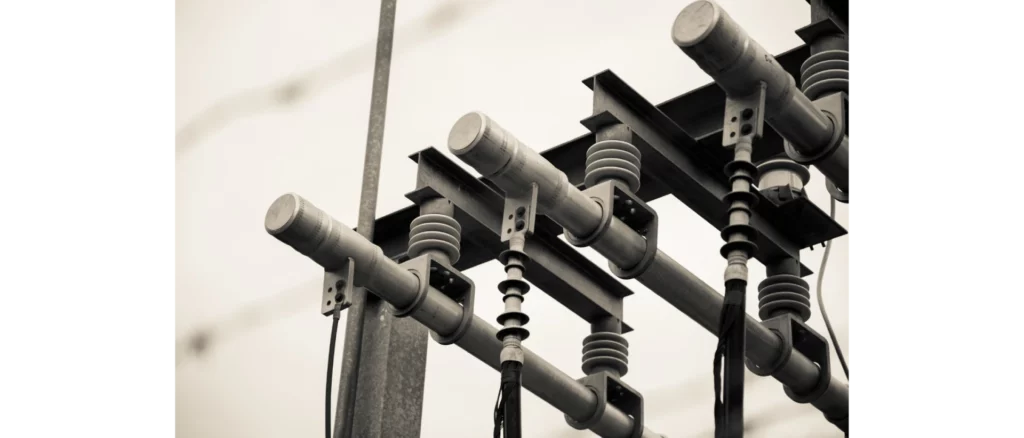
How Does HVDC Work?
HVDC transmits power over long distances with minimal losses.
It connects power grids and remote sources to demand centers, converting AC to DC for transmission and back to AC at the receiving end.
- Conversion: HVDC systems begin with an AC generator in a power station. AC power is converted into DC using a rectifier. This device, consisting of power electronic devices like thyristors or IGBTs, controls electricity flow and transforms AC voltage into smooth DC voltage.
- Transmission: After converting AC power to DC, it is transmitted via HVDC lines. These cables are high-voltage and efficient for connecting distant power grids or offshore wind farms.
- Inversion: The HVDC transmission line converts DC power back to AC using an inverter, converting smooth DC voltage to desired AC voltage and frequency.
- Synchronization: Prior to connecting the HVDC system to the power grid, the generated AC power must be synchronized with the existing grid to ensure seamless integration without disruptions.
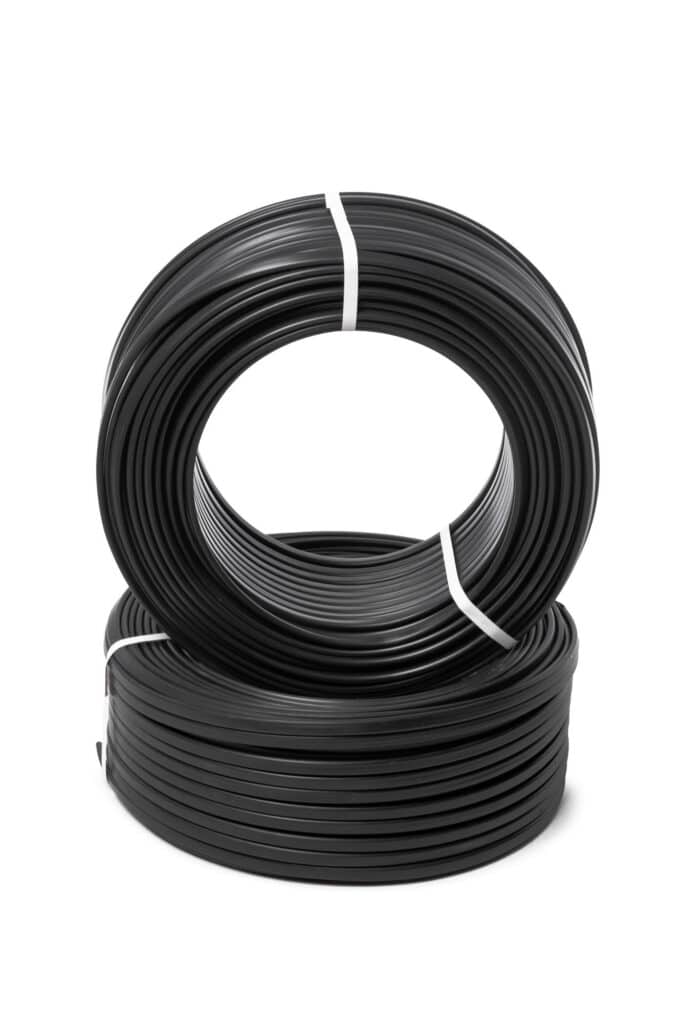
It Requires a Large-diameter Cable
HVDC systems require specific cable design, particularly for the insulation layer thickness.
The recommended 27 mm insulation layer can occupy a significant portion of the cable's cross-section, so it's beneficial to minimize it.
To reduce insulation thickness, using “warm dielectric” materials is effective in electrical grids. But for large cables like Best Paths, it's challenging. Flexible cryogenic lines with thermal shields are a viable alternative.
HVDC is more efficient than AC. It can use its full capacity, unlike AC which loses 30%. HVDC also needs less space than HVAC.
A crucial distinction between HVDC and AC transmissions lies in the conductor type and frequency employed.
HVDC operates at a lower frequency and is less vulnerable to inductive losses, enabling the utilization of the same cable for both HVDC and AC systems, although HVDC is more effective for transmitting over long distances.
How It Reduces Reactive Power Losses
Voltage control is vital for utility systems. Reactive power, needed for devices like motors, must be balanced to prevent damage and ensure efficient power distribution.
Loads create reactive power, affected by transmission from generator to customer. Transmission lines cause losses: high-voltage lines add inductive reactive power, while low-voltage lines add capacitive reactive power.
Excessive reactive power leads to heat in resistive components, increasing electric bills and causing voltage drops.
However, high-voltage direct current (HVDC) systems are more efficient, reducing reactive power losses and boosting active power transmission.
HVDC systems generate harmonics, which must be addressed. Transmission lines, like a 400 kV line, have a considerable reactive power part, usually 28-32% of total power.
HVDC systems have two converters, each with an ideal DC voltage for current control and improved efficiency.

It is More Environmentally Friendly
HVDC is superior to AC for utilities, power plants, and renewable energy. It boosts efficiency and aids in profit and the transition to renewables.
Patrick Pla of GE Energy Connections states that HVDC is a more environmentally friendly and efficient alternative to AC systems.
It minimizes environmental impact, lowers visual and electromagnetic effects, and enables increased power flow. Overall, HVDC is a greener and effective solution.
Utilities are considering HVDC for long-distance power transmission due to increased demand, as it can handle over 100 MW and potentially reach 1,000-3,000 MW.
The US lacks sufficient infrastructure for renewable energy, hindering the creation of a nationwide HVDC network for net-zero emissions.
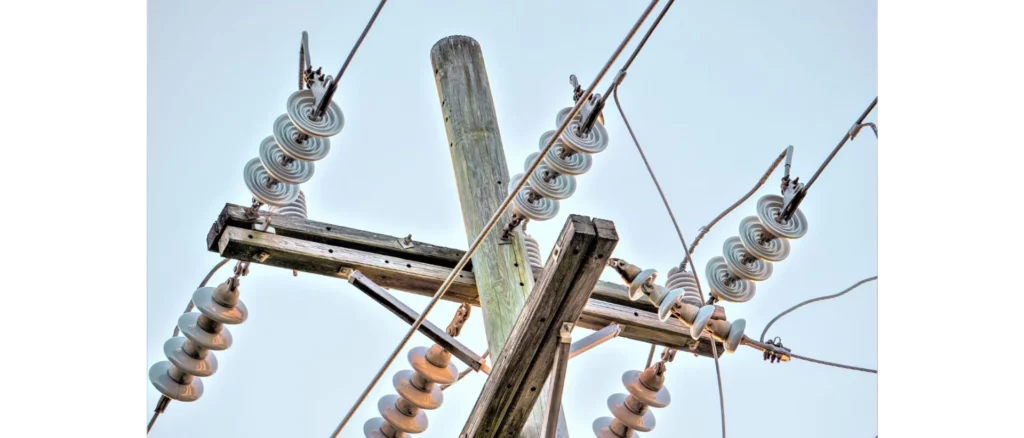
Where to Obtain HVDC Technology
HVDC technology has advanced rapidly, with top companies leading the way. If you need HVDC solutions, here are key players in the market.
- ABB Group: ABB is a trusted pioneer in HVDC technology, offering tailored solutions for power transmission needs worldwide. They have expertise in interconnecting grids, integrating renewable energy, and ensuring efficiency and reliability.
- Siemens Energy: Siemens Energy, a top HVDC provider, offers innovative solutions for long-distance power transmission. They provide a diverse range of HVDC systems globally, focusing on integrating them with existing power infrastructure to enhance energy efficiency.
- General Electric (GE): GE is a leading power transmission company with HVDC systems that connect power sources, stabilize grids, and transfer electricity over long distances. Their advanced technologies provide improved control and flexibility for modern power networks.
- Hitachi ABB Power Grids: Hitachi ABB Power Grids, a Hitachi-ABB joint venture, offers sustainable HVDC solutions for power transmission challenges. They provide advanced technology for high-capacity transmission and grid optimization, aiming to reduce environmental impact.
- Toshiba Energy Systems & Solutions Corporation: Toshiba Energy Systems & Solutions is a renowned power company providing innovative HVDC technologies. Their efficient and reliable solutions enable long-distance power transmission and renewable energy integration, promoting sustainability.
Frequently Asked Questions (FAQs) About High-Voltage Direct Current (HVDC) Efficiency
What is HVDC, and how does it differ from traditional AC transmission?
HVDC transmits electrical power over long distances using direct current, reducing losses compared to traditional AC transmission.
How does HVDC achieve higher efficiency compared to AC transmission?
HVDC improves efficiency by reducing transmission losses caused by resistance and reactive power. Power electronic devices enable AC to DC and back conversion, minimizing energy wastage during long-distance transmission.
What are the advantages of HVDC transmission?
HVDC transmission has advantages like improved efficiency, connecting different power systems, stabilizing the grid, and less environmental impact. This makes it a top choice for long-distance and renewable energy transmission.
Can HVDC technology stabilize power grids and prevent blackouts?
HVDC is vital for grid stability and blackout prevention. It controls power flow and stabilizes the grid during disturbances, ensuring reliability.
How does HVDC facilitate the integration of renewable energy sources?
HVDC efficiently transmits renewable energy from remote areas with different frequencies to high-demand locations, integrating renewables into the grid and reducing fossil fuel reliance.
What are the environmental benefits of HVDC transmission?
HVDC transmission helps transmit renewable energy over long distances, reducing energy wastage, greenhouse gas emissions, and environmental impact.
Where can I find HVDC solutions for my power transmission needs?
Reputable firms like ABB Group, Siemens Energy, GE, Hitachi ABB Power Grids, and Toshiba Energy offer HVDC solutions. Consult them for the best fit for your needs.
Can HVDC be used for underwater power transmission?
HVDC is ideal for underwater power transmission. It's used to transmit electricity across water bodies, like continents or islands, where AC transmission is less efficient.
Is HVDC cost-effective compared to traditional AC transmission
HVDC offers cost benefits with reduced losses and efficient power transmission over long distances.
What are the future prospects of HVDC technology?
HVDC tech evolving, crucial for global energy transition. Renewable integration important, HVDC adoption rising, boosting power transmission efficiency and sustainability.
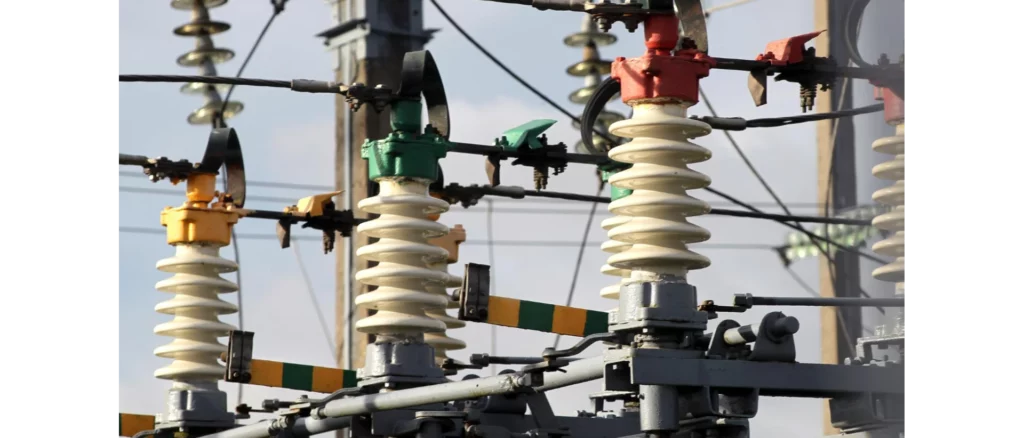
Conclusion
As a homeowner seeking to reduce my electricity bills and minimize my carbon footprint, exploring the world of High-Voltage Direct Current (HVDC) transmission technology has been an eye-opening experience.
Understanding the efficiency and benefits of HVDC has shown me how critical it is to prioritize energy-efficient solutions not only within my home but also on a larger scale in the global energy landscape.
HVDC's ability to address the challenges of long-distance transmission and interconnecting asynchronous power systems is truly impressive.
Its efficiency, cost-effectiveness, and reduced environmental impact make it a powerful solution for the increasing demand for energy in our electrified world.
Sources:

